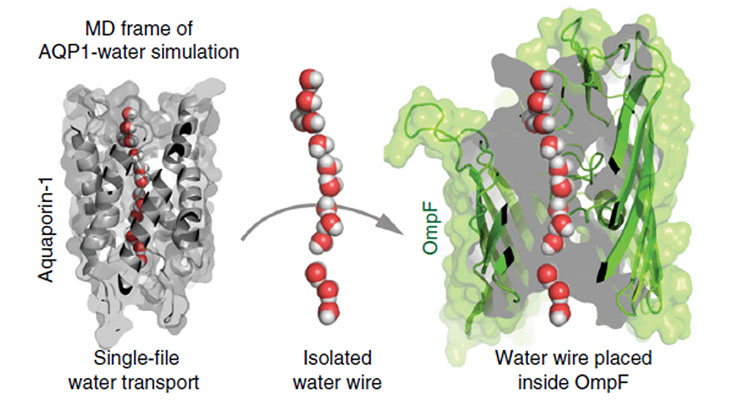Design Workflow for Angstrom-scale Separations
ID# 2018-4764
Technology Summary
A team of Penn State researchers have developed a design workflow, PoreDesigner, which engineers key characteristics of an outer membrane protein to make customized biological membranes. The pore size, pore profile and the chemical interactions between the pore and the permeating water, such as hydrogen bonding, are controllably engineered by optimizing the amino acid selection. The optimization process increases solvent flow, and tunes the pore size to any size between 3 – 10 Å for targeted solute rejection.
Application & Market Utility
Derived from a set of 40 sequentially-optimized pore designs, the three most optimized designs have been experimentally validated to exclude solutes larger than sucrose, glucose, and sodium chloride. The membranes maintained a permeability of over 10 billion water molecules per channel per second, demonstrating that PoreDesigner is a comprehensive design workflow that can be applied to angstrom-scale separation needs.
Next Steps
We are seeking commercial licensing partners. A demonstration of PoreDesigner is available upon request.

